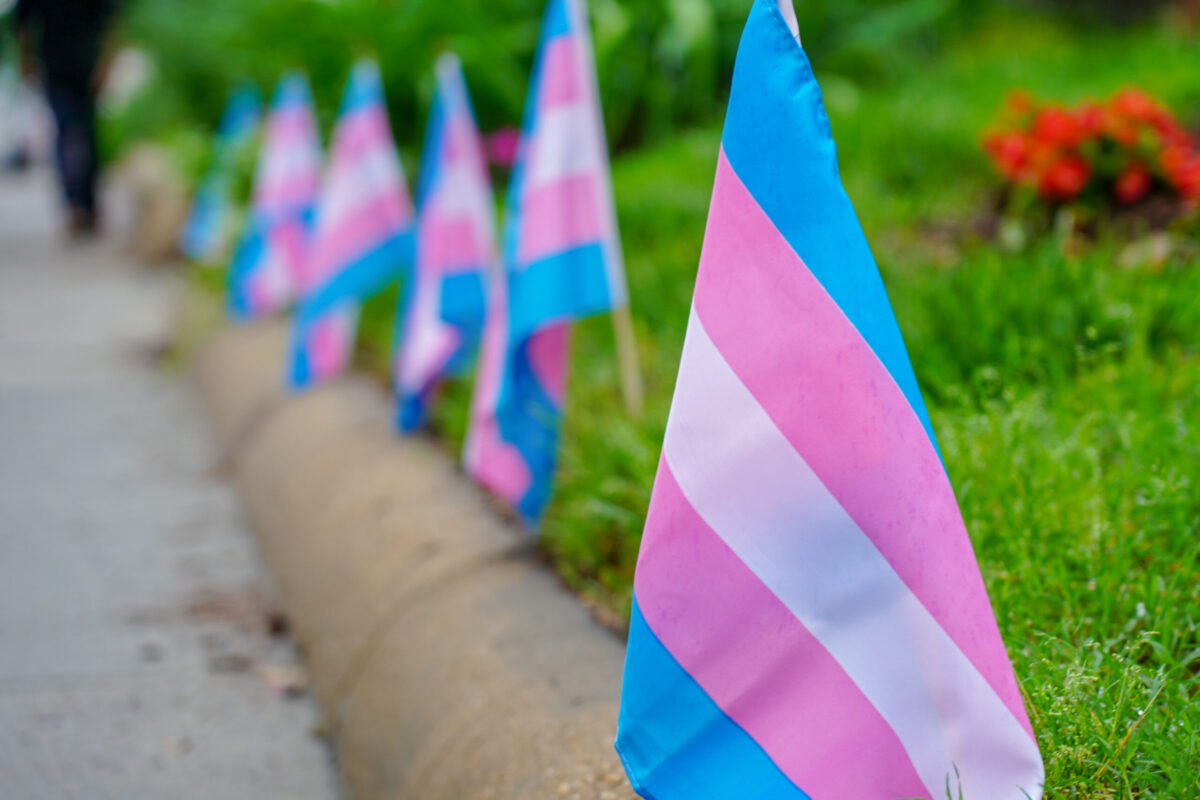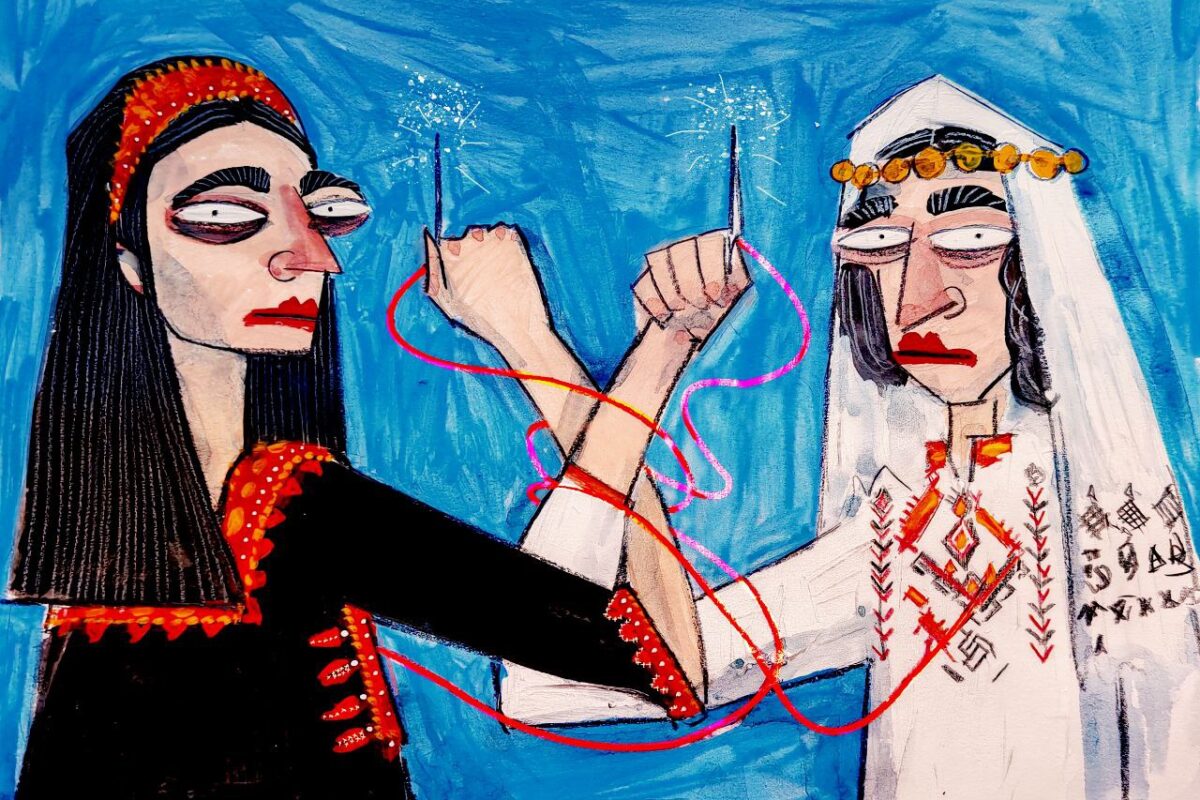Rebellious Daughters of History #29
by Judy Cox

Poplar Revolt: Minnie Lansbury (1889 – 1922)
Minnie Glassman, the daughter of Jewish coal merchant Isaac Glassman, was born in Stepney in 1889. She became a school teacher and was active in the campaign for women’s suffrage.
In 1913, Sylvia Pankhurst, with the support of Millie Glassman, Keir Hardie and George Lansbury, established the East London Federation of Suffragettes (ELF) to fight for socialism and demand for women’s suffrage.
In 1914 Millie married Edgar Lansbury, the son of George Lansbury, the Labour Party MP for Bow & Bromley. Millie opposed the First World War. In 1918 she was elected Assistant Secretary of the Workers’ Socialist Federation.
Siblings Edgar, Violet and Daisy Lansbury all joined the Communist Party. Daisy was active with Sylvia Pankhurst. Violet spent many years in Russia and married Anglo-Indian communist Clemens Palme Dutt.
In November 1919 Millie was elected to Poplar Council. The Labour Party had won 39 of the 42 council seats. In 1921 George Lansbury proposed that the Council stop collecting the rates for outside, cross-London bodies. On 31st March 1921, Poplar Council set a rate of 4s 4d instead of 6s 10d.
On 29th the Councillors were summoned to Court. They were told that they had to pay the rates or go to prison – they chose prison. At one meeting Millie said: “Poplar will pay its share of London’s rates when Westminster, Kensington, and the City do the same.”
On 28th August over 4,000 people demonstrated at Tower Hill. The Councillors were arrested on 1st September. Five women Councillors, including Millie Lansbury, were sent to Holloway Prison. Twenty-five men, including George Lansbury, went to Brixton Prison. On 21st September, public pressure led the government to release Nellie Cressall, who was six months pregnant.
Several Metropolitan Borough Councils announced their attention to follow Poplar’s example. The government was forced to back down and on 12th October, the Councillors were set free.
While in prison, Minnie developed pneumonia and she died on 1st January 1922. She was 32. Her memorial clock is on Bow Road.
Actress Angela Lansbury is the daughter of Edgar Lansbury and his second wife. Angela is a Democrat supporter in America, supports the Labour party in Britain. “How could I not? I’m not an active member but many members of my family are very much involved.”

Rebel against British Oppression: Nanny of the Maroons (1686 – 1755)
Nanny was born into slavery sometime during the 1680s, on the Gold Coast, now Ghana. She was transported to Jamaica as a slave. She escaped a British colony on Jamaica and led a group of slaves into the inner mountainous areas of the island. Soon, large communities of ex-slaves, calling themselves Maroons, gathered around her. They founded Nanny Town founded around 1723.
From this town, Nanny was able to lead raids against plantations to liberate the slaves. Her revolution quickly captured the attention of the British and a series of campaigns against the Maroons were launched.
Nanny and the Maroons were innovators in guerilla warfare. They used surprise, knowledge of the terrain, and cleverly chosen positions in their fight against the British. Their village was located in rugged territory with only one way in, so attacking soldiers were easily ambushed by camouflaged troops. Nanny never killed all of the attacking force. She would always allow a remnant to return to tell of the horror of massacre.
Nanny Town itself was attacked on a number of occasions, in 1730, 1731, 1732. Finally one British attack in 1734 captured the settlement. Nanny and the survivors fled to found a new camp, from which they proved just as defiant.
Although Nanny and her people faced nearly constant attack and hunger, they remained united and strong against the British under her rule. From 1739–40, the British signed a peace treaty with the Maroons, giving them 500 acres of land to call their own.
Besides being a superb tactician and leader, Nanny was an obea woman, who practiced African spirituality. According to legend, if any straight haired, white man, goes to Nanny Town, he is immediately struck dead.
Nanny, whose image is on the Jamaican $500 bill, remains a powerful symbol of the resistance to slavery



